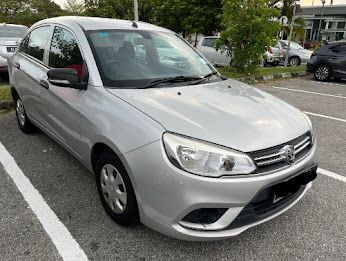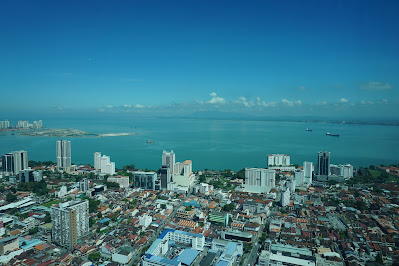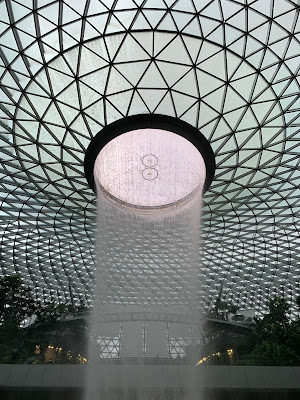In recent weeks, I was trying to gather information on Malaysian properties since the Government of Malaysia has announced that foreigners minimum purchase price of apartments and condominium was reduced to RM600,000.
With the Internet and various property related websites available, it is easy to make a comparison between property in Singapore and Malaysia.
In Malaysia, a landed freehold terrace house just across the Strait in Johor Bahru is available for a price of RM800,000 (USD198,000) or lower if further away from downtown. For landed property, foreigner can only purchase for value more than RM1 Million (USD248,000) and above.
In Singapore, a similar landed freehold terrace house will cost between S$1.8 Million (USD 1.33 Million) to $2.2 Million(USD 1.63 Million) depending on location.
Comparing the prices, the difference in price between a landed freehold property in Singapore and Malaysia is eight times higher. For that
eight times higher in price, you will get:-
1) Better security. Less chance of house burglary. Less chance of robbery.
2) A more stable currency that is less likely to depreciate.
3) A economy with better job opportunity and less corruption.
4) A better internet speed connection.
5) A better health care system and specialist.
6) Reduce geopolitical risk involving the country. While Malaysia is generally stable, the future is uncertain and there is risk that the current political parties will be in discord and may fail to win the majority.
However to a retiring Singapore, some of the points mentioned above do not matter because:-
1) House can be guarded with security services.
2) Major asset can still be in S$ or USD or in equities.
3) Job opportunity doesn't matter if a person is retired. Cost of living does.
4) Internet speed doesn't matter if not for gaming. Higher price for faster internet access is available.
5) Retiree has to come back to Singapore for medical treatment.
6) Geopolitical risk is not easy to quantify. It can be avoided if not investing at all but avoidance comes with opportunity costs.
Properties in both Singapore and Malaysia will be subjected to ancillary costs such as lawyer fees, transfer fees, property tax, utilities bills etc.
The other point to make is that at a median household income of about S$9000 in 2017. It would take a household about 18.5 years just to afford a landed freehold terrace house in Singapore, without other expenses. Of course, the government does not guarantee that every Singaporean can afford a landed house due to land scarcity. Affordability comes only with public housing. However, using the same argument, one may ask why would the same Government allow foreigners to be permanent resident or citizen, hence pushing the price of property indirectly? It is still demand and supply in economics of pricing. Making house ownership beyond the reach of ordinary true blue Singaporean.
On the other hand, the reason why the Malaysia Government allows for a reduced price for property purchase by foreigners is to address the high number of unsold units. The rule only applies for 1 year unless there is further extension. This mean that after 1 year, the price limitation for foreigners will be reverted back to RM1 Million. The owner who bought units at RM600,000 can only sell it back to locals if value cannot rise beyond RM1 Million. This would limit the demand and ultimately affect the price. The only logical reason why any purchasers would want to make use of this reduced price policy would then be long term ownership.
Looking at Johor Bahru, the bulk of units available for sale that meets the criteria of more than RM600,000 would probably be those apartments in R&F Princess Cove, Country Garden in Danga Bay area and Forest City. These are buildings constructed on reclaimed land. There is added risk of ground settlement in long term.
For retirees wishing to retire in a place with lower cost of living but without the hassle of paying huge savings in purchasing asset, the possible alternative would be leasing. Considering that some apartments can be leased for as low as RM1500 and for proper landed unit to be rent for RM2000 monthly. The expenditure over 10 years would only be RM240,000 (USD60000) for landed property. This avoided the geopolitical risk as well as the risk involving in investing in Malaysia currency. The only downside after 10 years is that there is no asset to own, or sell.























































